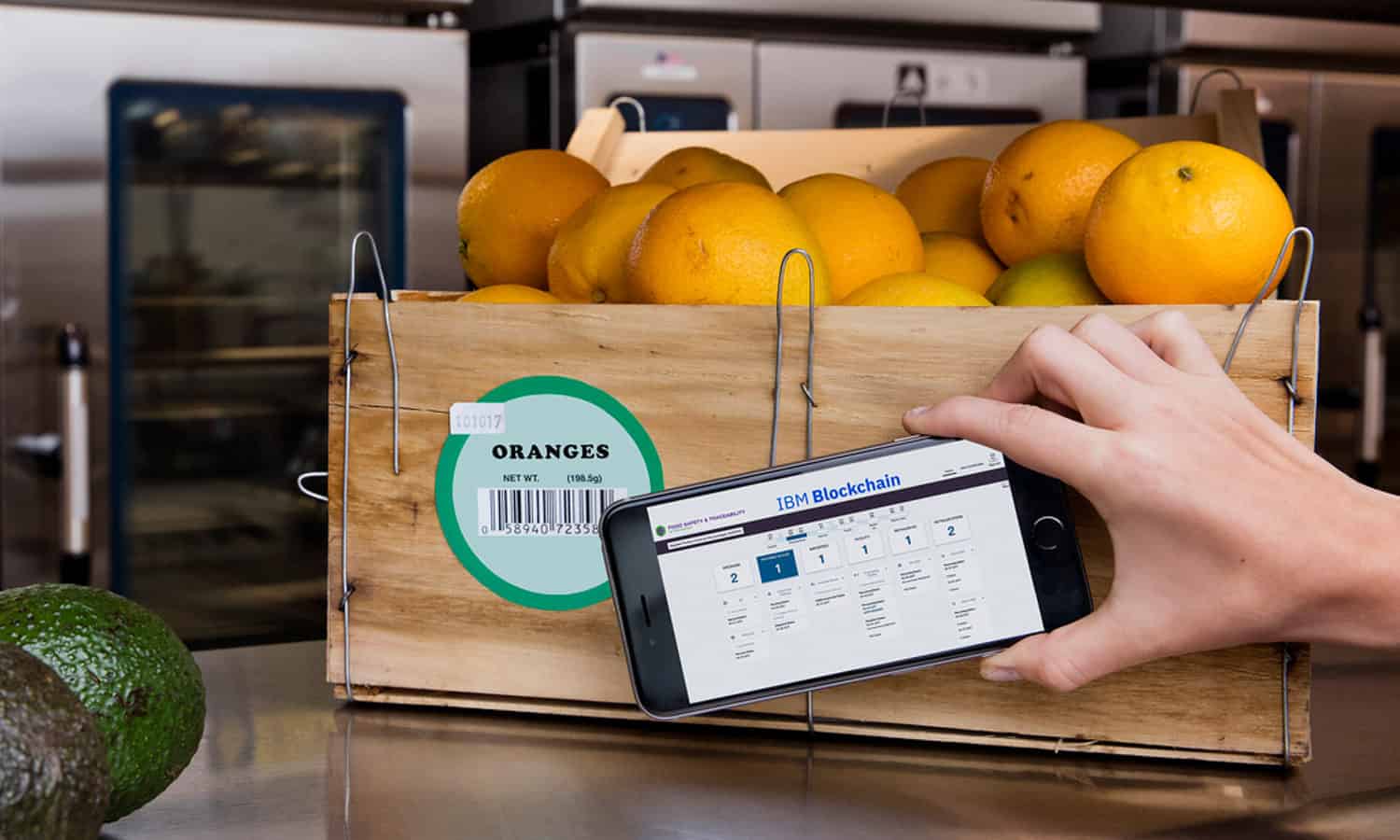
In recent years, the food industry has experienced a paradigm shift in how product information is handled, authenticated, and shared across the value chain. With increasing consumer demand for food safety, transparency, and sustainability, traditional methods of labeling and supply chain monitoring have proven insufficient to meet modern expectations. In this evolving context, blockchain technology has emerged as a transformative solution, redefining the standards for food labeling and traceability with its unique combination of immutability, decentralization, and data integrity.
Blockchain, originally designed as the technological foundation for cryptocurrencies like Bitcoin, has demonstrated its versatility in various sectors — and the food industry is no exception. At its core, blockchain is a distributed ledger system that allows data to be recorded in a secure, transparent, and tamper-proof manner. Each transaction or data entry (called a “block”) is cryptographically linked to the previous one, forming a continuous and verifiable chain of information. This structure ensures that once data is entered into the system, it cannot be altered without consensus from the network, offering a level of security and auditability that is unprecedented in supply chain management.

Applied to the food sector, blockchain enables stakeholders — from producers and processors to distributors, retailers, and ultimately consumers — to track every step in the journey of a food product, from farm to fork. This traceability includes critical data points such as origin of raw materials, harvest dates, transportation conditions, processing details, quality checks, storage temperatures, and expiration timelines. These data are recorded in real time or near-real time by Internet of Things (IoT) sensors, mobile apps, and enterprise systems, and are shared via blockchain nodes maintained by different participants in the ecosystem.
One of the most compelling advantages of blockchain in food labeling is its ability to address food safety incidents swiftly and effectively. In traditional systems, tracing the source of contamination or identifying compromised batches can take days or even weeks, during which public health is at risk and companies suffer reputational and financial damage. Blockchain, by contrast, enables instant access to an immutable and time-stamped record of a product’s history, allowing authorities and manufacturers to pinpoint the origin of issues within seconds. This dramatically accelerates the response time for recalls and risk mitigation, while also minimizing waste and operational disruption.
Beyond food safety, blockchain contributes to combating fraud and adulteration — major concerns in global food markets. For example, in the olive oil or seafood industries, it is common for low-quality or mislabeled products to be sold as premium goods. By integrating blockchain-based labeling with QR codes or NFC chips, consumers and inspectors can scan a product and verify its origin, certification, and compliance with regulatory standards on the spot. This level of authentication protects both the consumer and the integrity of legitimate producers.
From a technical standpoint, several blockchain architectures are currently being tested and implemented in the food sector. Public blockchains like Ethereum offer open-access solutions with programmable smart contracts, though they may raise scalability and privacy concerns. Private or consortium blockchains, such as IBM’s Hyperledger Fabric — often used in enterprise environments — provide greater control, faster processing speeds, and tailored access permissions among trusted participants. These configurations are particularly suitable for large-scale retailers and multinational supply chains where data confidentiality and compliance are critical.
Walmart is one of the most cited cases of blockchain adoption in food traceability. Partnering with IBM, the company has deployed a blockchain-based system that tracks products such as leafy greens, pork, and mangoes through every stage of the supply chain. This initiative, part of the IBM Food Trust platform, reduced the time required to trace the origin of mangoes from seven days to just 2.2 seconds. Other global companies like Nestlé, Carrefour, and Unilever have also piloted or launched similar projects, often integrating blockchain data with consumer-facing applications that display sourcing and sustainability credentials.
Governments and regulatory bodies are also beginning to explore the implications of blockchain for compliance and food policy enforcement. For instance, the Mexican NOM-051 standard — which governs food and beverage labeling — could potentially benefit from blockchain integration by enabling real-time verification of labeling accuracy, ingredient sourcing, and adherence to nutritional disclosure requirements. Similarly, the European Union’s Farm to Fork Strategy envisions digital traceability tools as part of a larger framework to promote food sustainability and safety.
However, despite its promise, blockchain adoption in the food industry is not without challenges. Interoperability between legacy systems and blockchain platforms remains a technical hurdle, as does ensuring data accuracy at the point of entry — the so-called “garbage in, garbage out” problem. Additionally, widespread adoption requires coordinated efforts across multiple stakeholders, infrastructure investments, and digital literacy among supply chain participants, particularly in regions with limited technological penetration.
Nevertheless, the direction is clear: blockchain is poised to become a cornerstone of next-generation food labeling and traceability systems. As the technology matures and integrates with complementary innovations — such as IoT, artificial intelligence, and geospatial analytics — the food sector will increasingly move toward a data-driven, transparent, and resilient supply chain model. This shift will not only enhance consumer trust and operational efficiency but also contribute to broader goals of public health, environmental sustainability, and ethical sourcing in the global food economy.
